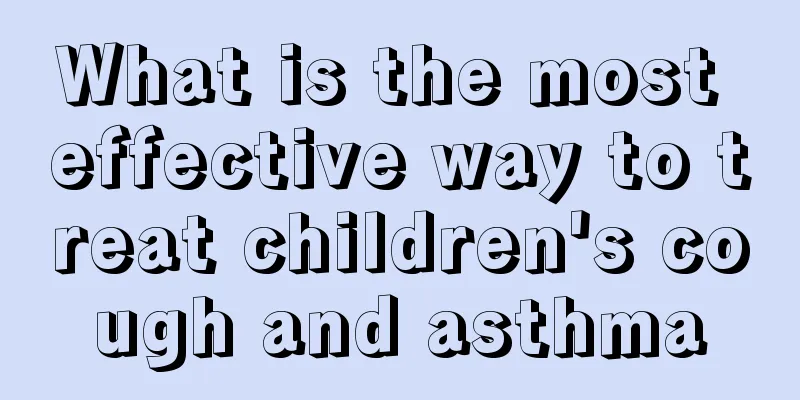The difference between oral thrush and oral canker sores

|
Children are the core of every family. Any slight change or discomfort in a child will attract the attention of the whole family. I believe many friends know that oral thrush is a normal condition and generally does not need to be treated. Thrush is a disease. I believe not many friends know about it. Its characteristics are very similar to those of oral thrush. Often some new mothers can't tell them apart. Next, I will introduce to you in detail the difference between oral thrush and oral thrush. Thrush, known as "snow mouth disease" in traditional Chinese medicine, is commonly known as "white mouth paste". It is a common disease in newborn babies and is an infectious disease of the oral mucosa.Oral thrush is caused by an infection with the fungus Candida albicans, which is sometimes found in the mouth. It can develop in infants who are malnourished or debilitated. Newborns are mostly infected through the birth canal, or through contamination from unclean nipples or the feeder's fingers. Babies with thrush often have a lot of milk-like spots in their mouths stuck to the oral walls, which are difficult to distinguish from the milk left by newborns and "milk teeth". If it can be wiped off with a cotton swab, it is a milk stain, or it may be a "horse tooth". If it cannot be wiped off, it is thrush. Go to the hospital and ask the doctor to remove the white substance for a direct fungal smear examination, where you can see hyphae and clusters of spores. If not treated in time, the spotted mold will grow more and more, merge into pieces or connect together, and increase in thickness. For most babies 4-6 weeks after birth, small yellow-white dots appear on both sides of the midline of the upper palate and the edge of the gums. These dots look like grown teeth, commonly known as "milk teeth" or "deciduous teeth". Medically, they are called epithelial beads, which are formed by the accumulation of epithelial cells. Milk teeth generally do not cause discomfort. Some babies may shake their heads, become irritable, bite the nipple, or even refuse to eat. This is caused by local itching, swelling and other discomforts, which is a normal physiological phenomenon, not a disease. "Milk teeth" do not affect the baby's breastfeeding and the development of deciduous teeth. They will gradually fall off within a few months after birth. For some babies due to malnutrition, "milk teeth" cannot fall off in time, which is not a big hindrance and does not require medical treatment.We need to understand the difference between the two: thrush needs to be treated, while tusks should be left to nature. |
<<: How to educate children about sex - How to educate children about sex
>>: Children's chicken breast corrector
Recommend
How much milk powder should be used for newborn babies
After the baby is born, breast milk and formula a...
What medicine should I take for my amblyopia?
Amblyopia is a relatively common pediatric eye di...
How many types of jaundice are there
Jaundice is not a specific disease, it is a sympt...
What should I do if my child has eczema on his feet?
In life, people all know that eczema is a common ...
What are the early symptoms of myocarditis in children?
Myocarditis in children is relatively common in d...
Causes of black teeth in children
In life, many children often encounter the proble...
How to prevent dry lips in babies
Families with babies are very concerned about eve...
What causes newborn irritability?
Many young people are helpless when facing their ...
9-year-old child shaking hands and feet while sleeping?
If a 9-year-old baby's hands and feet tremble...
What is the most effective way to stop vomiting in children?
It is inevitable that people will vomit in their ...
Is it normal to lose teeth at 6 years old?
Sometimes many people who are already 26 years ol...
More than half of the accidental injuries to children during summer vacation are caused by poisoning
A 9-year-old boy is in critical condition after e...
How to deal with recurring high fever in children?
Every mother takes great care of her child, even ...
Are there risks in extracting baby teeth?
Primary teeth are the teeth that appear in childr...
What are the causes of eczema on baby's head?
It is common for breastfeeding babies to develop ...









